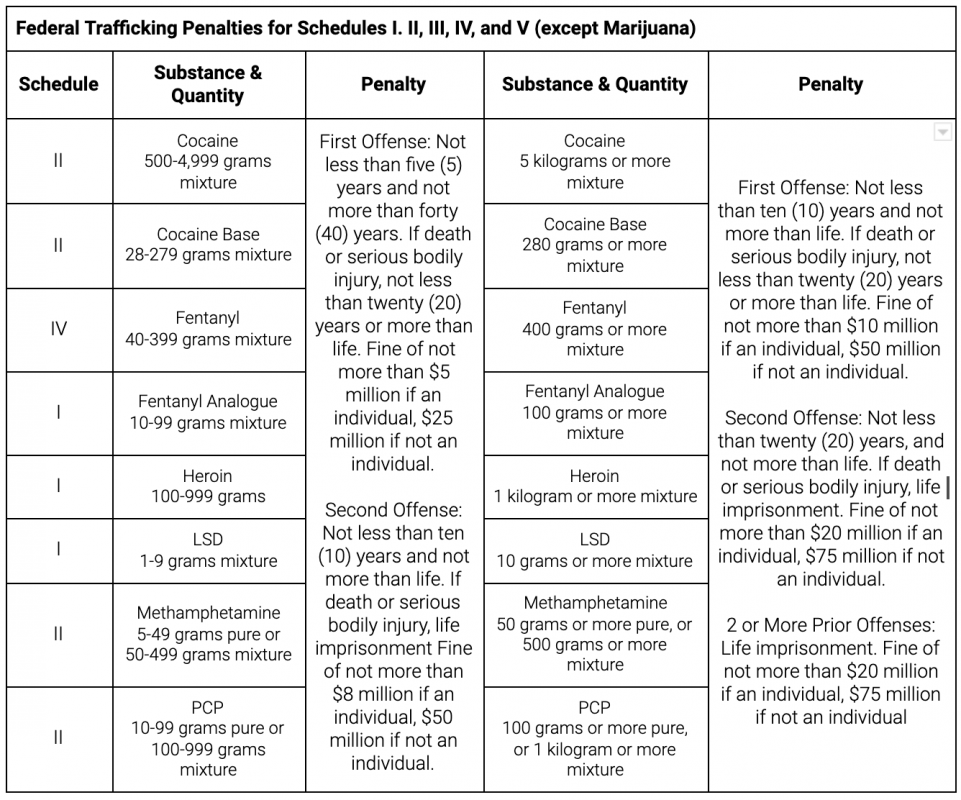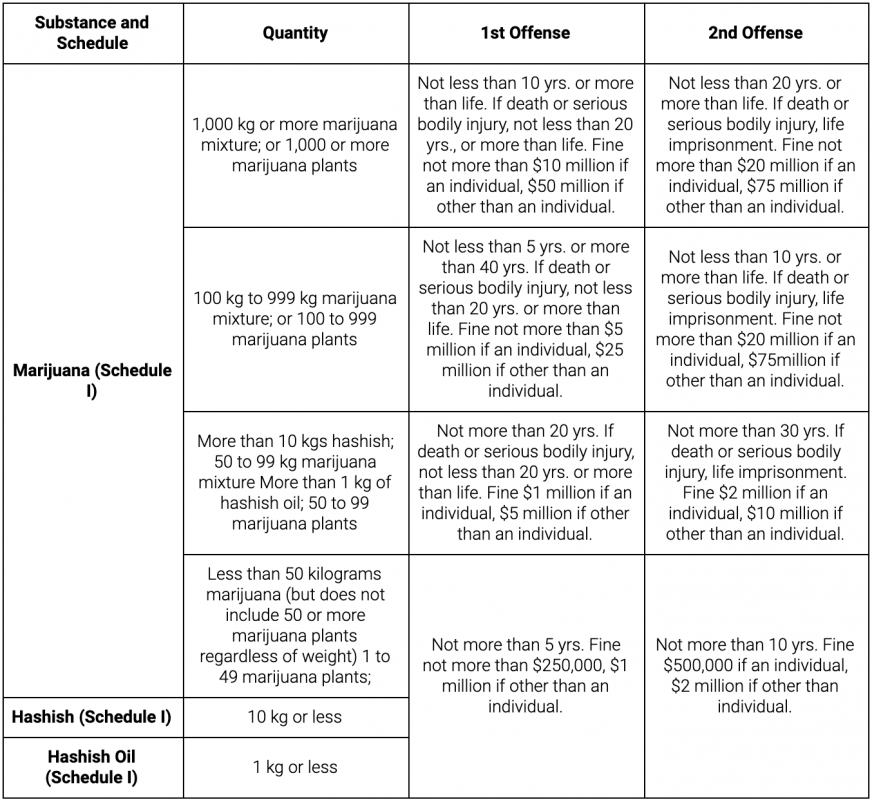Union is primarily a community of underage students, and experience teaches that the abuse of alcohol can often interfere with the productive pursuit of a College education. Students who are under the age of 21 may not possess or consume alcohol anywhere on campus including the residential spaces. Residential spaces are defined as all College-owned and administered living units. The following actions relating to alcohol are prohibited:
- Possessing, consuming or distributing alcoholic beverages by student under the age of 21 years.
- Furnishing or selling any alcohol beverages to any person under 21 years of age.
- Possessing or consuming alcohol in any public area outside the residence halls.
- Possessing or consuming alcohol outside individual bedrooms or suites within the residence halls.
- Collecting, displaying or storing empty alcohol containers.
- Being incapacitated by alcohol or drugs whether under or over the age of 21 years.
- Possessing, distributing, or consuming alcohol from common sources including, but not limited to kegs, beer balls, wine boxes, and punch bowls.
- Possessing or using a tap system or “regulator.”
- Possessing any binge-drinking device including, but not limited to, funnels or beer pong tables.
- Participating in flip cup, beer pong, or any other organized games intended for rapid personal consumption.
Students over the age of 21 are allowed alcohol in their residence. The amount of alcohol allowed for students over the age of 21 is listed as follows:
- One 12-pack (twelve 12 oz. bottles/cans) of beer or hard seltzer OR,
- Two 750 ml bottles of wine OR,
- One 750 ml bottle of hard alcohol.



